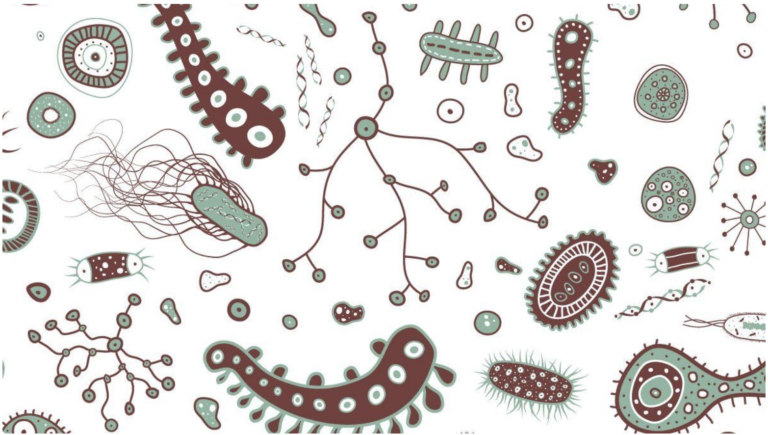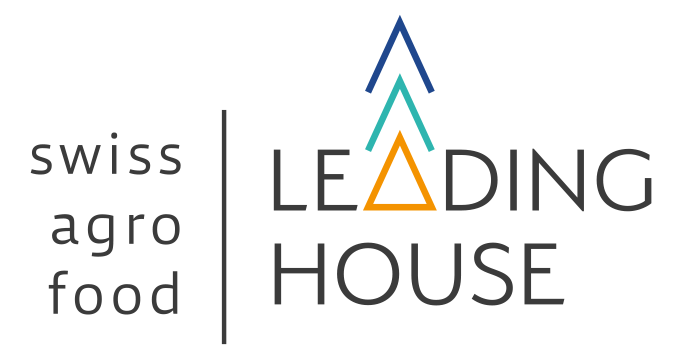Pave the whey to H2 - scaling up microbial H2 production based on whey
by Thomas Rime

Whey is known to be a cheese production by-product which does not only cause detrimental effects on the environment (e.g. water pollution, soil acidification) but also requires specific recycling logistic. Now, whey valorisation is mostly done for animal feeding or food additives and processed as beverages.
However, whey valorisation as H2, and therefore as a fuel source, is still in its infancy. A few academic studies have demonstrated the use of Methanobacterium, Selenomonas or Clostridium to produce H2 based on whey. Further development is needed to bring this fermenation approach to industrial level.
By identifying the right bacteria or consortium of bacteria together with the infrastructure (production and storage) needed as well as caracterizing critical process parameters for H2 production, we can dream of dairy farms where whey is not a waste anymore but a source of fuel, directly used in tractors or other equipments. With this idea, we bring Swiss dairy farmers closer to the implementation of circular economy principles.
This idea is the result of a collaborative, apéro-driven reflexion between Vincent Bourquin (HEIA-FR), Jean-Marc Tendon (Grangeneuve) and me.
The idea is unique in different aspects: first, it aims at developing the industrial processes of H2 production by valorising whey, a by-product of one of the most traditional and renown food from Swizerland. In that regard, the idea proposed here combined known methods (traditional cheese making + microbial H2 production + industrial bioprocesses) to develop a new energy sector.
This does not only limit environmental impacts (decrease in C footprint) but also contributes to increase our autonomy to energy sources. In addition, this technology could bring additional revenues to dairy farmers who could sell H2 to car drivers or for other usages. Alternatively, farmers could use this new source of energy to power their own equipment and machines, and therefore concretely implement circular economy principles to their farms.
- Dairy farmers and industry: as a provider of raw material, which will generate new revenue sources.
- Dairy farmers and industry: as an end consumer, using the energy contained in H2.
- Fuel reseller (e.g. Agrola): as a logistic and distribution actor.
- Energy providers (e.g. Groupe E): as a logistic and distribution actor.
- Food or other industries using H2 as energy source or as other means (e.g. for chemical reactions).
- Consumers: you and I, when driving or using public transportation as well as heating our home or switching on the light.
1) Identification of H2 productive microorganisms and identification of enzymatic complexes involved in H2 production: Potentially, research should be oriented to the use of genetically modified microoorganisms. CRISPR/Cas technology is readily available and could be used to modify genomes of bacteria promising in terms of H2 production.
2) Caracterisation of infrastructures, equipments and critical process parameters in order to maximise H2 production with whey-based medium. The goal would be to pave the way for an industrial process of H2 production based on whey.
3) Optimisation of microbial culture through media composition fine-tuning.
1) Biotechnology experts: from cell development to process caracterization
2) Energy experts, in particular in H2 storage and utilisation.
3) Farmers and cheese factories willing to try to experiment whey valorisation.
4) Logistics: transportation, storage and distribution of whey and H2
The idea is expected to generate impacts in all three dimensions of sustainability.
First, economically, whey valorised as H2 is not considered as a cost in the production of cheese, but it is an additionnal revenue. Plus, valorisation of whey diversifies the fuel offer in Switzerland.
Second, socially, the idea contributes to the decarbonation of our society by providing a new non-carbon based source of energy. The valorisation of whey also promotes the vision of an innovative agriculture still deeply rooted in traditions. The dairy value chain is one of the most impactful producer of greenhouse gases (GHG). With the valorisation of whey as H2, the image of actors involved in the dairy value chain will profit from the contribution to create a decarbonated society.
Finally, environmentally, the valorisation of whey does not only mitigate direct detrimental impacts of whey elimination (potential water sewage, soil acidification), it also create a new mean of H2 production. This H2 can then be stored and distributed to gas station to be used in future H2 cars or to power plants in order to produce electricity used in our day-to-day activities.
In priority, SDG 7 (affordable and clean energy) is addressed by this idea. The idea contributes to generate alternative energy sources, which can be either sold to fuel resellers or used directly by farmers or cheese factories for their activities.
Other goals impacted by the idea might include but are not restricted to SDG 9, 12, and 13. H2 production based on whey will require specific infrastructure and industry based on innovative bioprocesses (SDG9). In addition, it will contribute to a responsible consumption and production (SDG12) by encouraging the valorisation of a specific by-products resulting from the food industry. Finally, it contributes to find decarbonated energy sources and thererfore mitigate climate change (SDG13) by lowering GHG emission.
